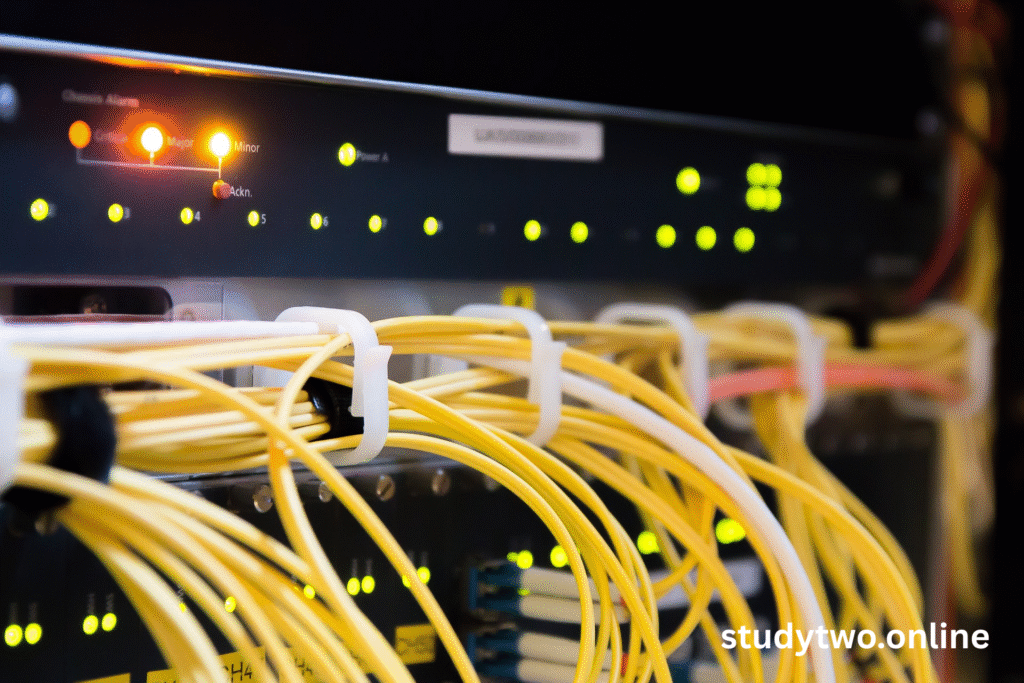The Department of Defense (DoD) is leading the way in driving innovation to ensure national security and technological dominance. One of its flagship programs, the DoD SBIC Critical Technologies Funds, is revolutionizing the role of small businesses in defense innovation. By providing investment capital to startups and small firms developing cutting-edge technologies, this program bridges the gap between private-sector ingenuity and military needs. This blog post dives into the DoD SBIC Critical Technologies Funds, exploring its purpose, structure, benefits, and how businesses can access it, optimized for SEO to reach entrepreneurs, investors, and defense enthusiasts.

What are the DoD SBIC Critical Technologies Funds?
The DoD SBIC Critical Technologies Funds is a public-private venture within the Small Business Investment Company (SBIC) program, which is overseen by the U.S. Small Business Administration (SBA) in partnership with the DoD. Introduced to meet the increasing demand for cutting-edge technologies in defense, the program encourages private capital investment in small firms that are creating critical technologies—innovations that are considered vital to national security. These include technologies ranging from artificial intelligence (AI) and quantum computing to cybersecurity and advanced materials, among others.
The program, launched in 2023, seeks to speed the creation of dual-use technologies—products that find applications both in the military and commercial sectors. By using the SBIC structure, the DoD offers matching funds to private investors, multiplying available capital for small companies and driving innovation in fields such as autonomous systems, hypersonics, and biotechnology.
Why It Matters
-
National Security: Bolsters U.S. defense capacity through support for technologies that address emerging threats.
-
Economic Growth: Empowers small businesses, generating employment and economic activity.
-
Private Sector Engagement: Incentivizes venture capital firms to invest in defense-focused startups, filling the “valley of death” between prototype and production.
Key Features of the DoD SBIC Critical Technologies Funds
The structure of the program and incentives turn it into a high-impact tool for small businesses and investors. Here’s a dissection of its main components.
1. Public-Private Investment Model
The SBIC program works by licensing private investment funds as SBICs, which in turn get matching capital from the SBA, usually up to a 2:1 ratio. For the DoD SBIC Critical Technologies Funds:
-
Private investors invest initial capital.
-
The SBA makes low-cost loans (debentures) to leverage the fund’s investment capability.
-
The DoD gives preference to funds investing in areas of critical technologies to ensure alignment with national security objectives.
This model lessens financial risk for investors but gives startups huge amounts of capital.
2. Emphasis on Key Technologies
The DoD lists 14 key areas of technology, such as:
-
Artificial Intelligence/Machine Learning: For autonomous and data analysis.
-
Quantum Science: For secure communication and improved computing.
-
Cybersecurity: For defense networks and infrastructure protection.
-
Advanced Manufacturing: For 3D printing and supply chain resilience.
-
Hypersonics: For high-speed weapons and delivery platforms.
These technologies are chosen for their potential to solve strategic challenges, including countering enemy innovation by countries like China.
3. Dual-Use Innovation
The program focuses on dual-use technologies, which find application both in defense and commercial segments. For instance:
-
AI algorithms written for military drones can enhance civilian logistics.
-
Cybersecurity products for DoD networks can safeguard corporate information.
-
Advanced materials for hypersonics can improve aerospace production.
This dual-use orientation maximizes return on investment and expands market opportunity for funded companies.
4. Simplified Access to DoD Contracts
Companies financed with the SBIC Critical Technologies Funds become visible within the DoD universe, with their prospects for winning contracts, grants, or collaboration improved through initiatives such as the Defense Innovation Unit (DIU) or Air Force Ventures.
Benefits of the DoD SBIC Critical Technologies Funds
The program has important benefits for small businesses, investors, and the overall defense community.
1. Access to Capital
Small businesses usually have difficulty obtaining financing for high-risk, high-return technologies. The SBIC program offers:
-
Increased Investment: The matching funds add to the capital pool, allowing greater investment.
-
Long-Term Support: SBIC funds generally have a 10-year term, providing long-term support for startups.
-
Non-Dilutive Choices: Part of the investments are in the form of debt financing, leaving equity for founders untouched.
2. Strategic Alignment with DoD Priorities
Portfolio companies serve the DoD’s National Defense Strategy, guaranteeing their technologies fill critical needs. This optimization of market fit maximizes chances of adoption by military customers.
3. Economic and Job Growth
Through investment in small businesses, the program generates high-tech employment and local economic growth. Historically, SBIC-funded firms have created thousands of jobs in various industries, as reported by the SBA.
4. Reduced Risk for Investors
The DoD investment and SBA’s matching funds lower the financial risk for private investors, improving the attractiveness of defense-oriented startups as an investment venture. This induces venture capital companies to venture into the defense sector, historically considered high-barrier.
5. Innovation Ecosystem
The program engenders cooperation between startups, investors, academia, and the DoD, providing a strong ecosystem for technology innovation. This interaction speeds up technological development and deployment of vital technologies.
How to Access the DoD SBIC Critical Technologies Funds
Accessing the DoD SBIC Critical Technologies Funds for investors and small businesses is a well-defined process. Here’s the step-by-step approach.
1. Small Business Eligibility
To be eligible, companies need to:
-
Be U.S.-based and conform to SBA’s small business size requirements (industry varies, usually under 500 employees).
-
Create technologies that are in sync with the DoD’s 14 critical technology categories.
-
Have commercial potential, preferably with a dual-use application.
2. Partner with an SBIC Fund
-
Identify SBIC Funds: Conduct research on SBA-approved SBIC funds participating in the DoD Critical Technologies program. Active SBICs are listed on the SBA’s website.
-
Pitch Your Business: Develop an engaging pitch deck that showcases your technology, marketplace opportunities, and relevance to DoD priorities.
-
Secure Investment: Collaborate with the SBIC to complete investment terms, which could be equity, debt, or hybrid investment.
3. Engage with DoD Stakeholders
-
Engage with DoD innovation centers such as the DIU, AFWERX, or NavalX to become visible.
-
Apply for DoD grants or contracts to supplement SBIC funding.
-
Participate in defense-related events, including the DoD’s Small Business Conference, to engage with investors and program managers.
4. Understand the Application Process
-
SBIC funds apply with the SBA for matching funds and licensing.
-
The DoD assesses the fund’s concentration on critical technologies, favoring those of strategic importance.
-
Once it gets approval, the fund is ready to invest in qualifying businesses.
For more information, check out the SBA’s SBIC program page or the DoD’s Office of Small Business Programs website.
Challenges and Considerations
The DoD SBIC Critical Technologies Funds has great potential, but there are challenges:
-
Logical Application Process: It takes time for businesses and investors to deal with SBA and DoD requirements.
-
High Expectations: Sponsored firms are required to show quick progress and connection with DoD objectives, which may be challenging.
-
Market Risks: Dual-use technologies have competition in both defense and commercial markets and hence need strong business strategies.
Despite these challenges, the program’s assistance and financing reduce risks for devoted participants.
The Future of DoD SBIC Critical Technologies Funds
The DoD SBIC Critical Technologies Funds stands ready to guide the defense innovation of the future. Trends to observe include:
-
Increased Funding: The SBA and DoD could increase the program as international competition for critical technologies picks up.
-
Emerging Technologies: Technologies such as quantum computing and directed energy will likely be more funded.
-
Global Collaboration: Collaborations with allied countries could extend the reach of the program, promoting global innovation.
As rivals push forward their technologic prowess, the program keeps the U.S. at the forefront of defense innovation.
Comparison to Other DoD Programs
How is the SBIC Critical Technologies Funds different compared to other DoD programs?
-
SBIR/STTR: Concentrates on research and development grants rather than investment capital like SBIC.
-
DIU Commercial Solutions: Focuses on mature firms for quick contracts, whereas SBIC finances early-stage start-ups.
-
AFWERX: Provides financing and mentorship but does not have the SBIC’s private investment pull.
The SBIC program’s unique public-private model makes it ideal for scaling innovative startups.
Conclusion
The DoD SBIC Critical Technologies Funds is a pioneering program that enables small businesses to spearhead defense innovation. Through capital provision, DoD priority alignment, and public-private collaboration, the program advances the innovation of critical technologies such as AI, cybersecurity, and hypersonics. It provides startups and investors with a singular chance to advance national security while achieving commercial success.
